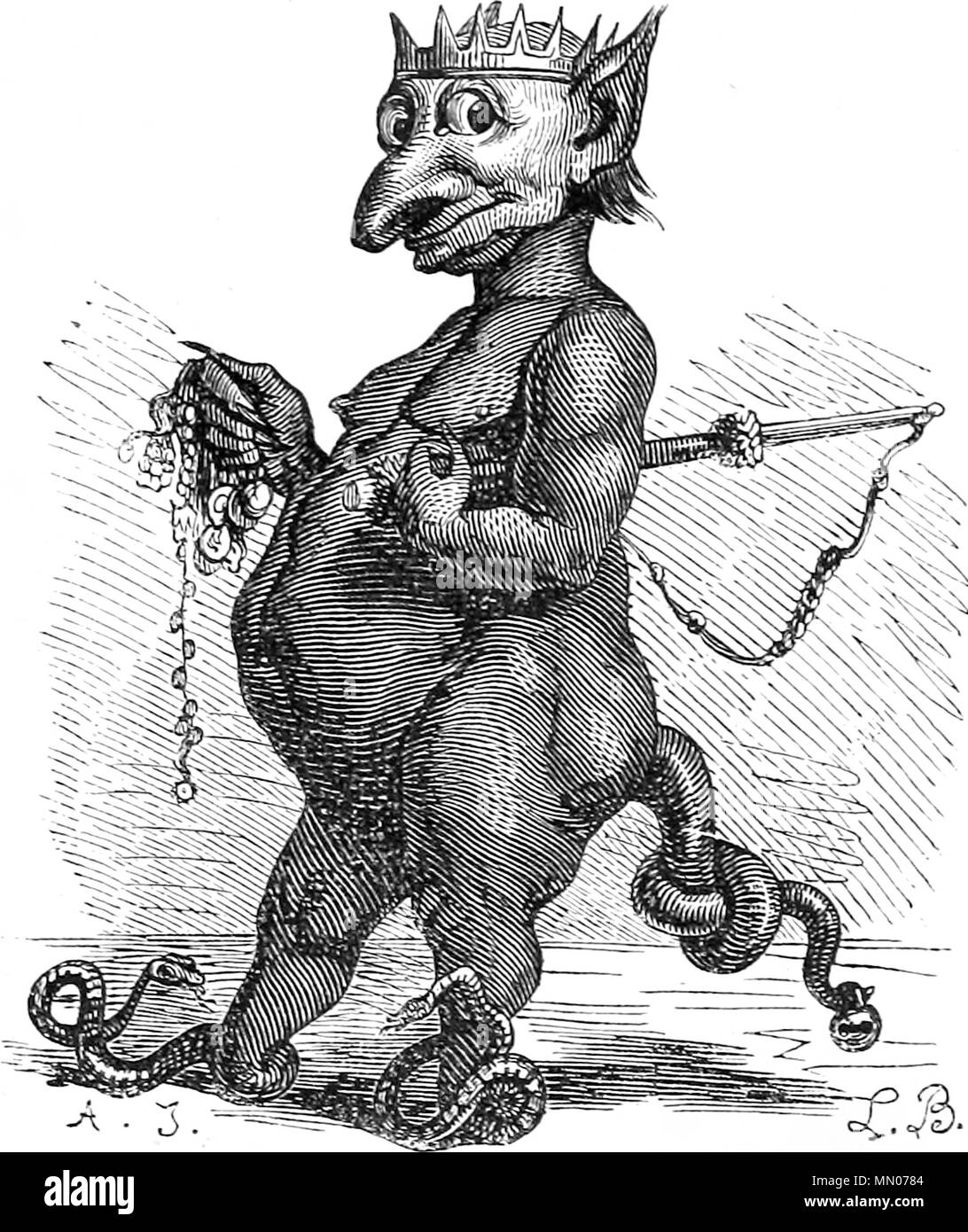

This series was inspired by the original grimoire 'The Dictionnaire Infernal' by Jacques Auguste Simon Collin de Plancy first published in 1818 which inspired the later more popularized edition illustrated by Louis Le Breton featuring an encyclopedia of. The religion was not adopted widely outside the Nile valley. In 2016 I started to draw my own versions of the Dictionary Infernal. The Phoenicians were unfamiliar with the animal and in turn had a hard time taking the religion seriously. During the Middle Kingdom the god of Chaos (and evil) Set was depicted by a Hippo. One of my favorite (possibly apocryphal) anecdotes about this failing is when the Egyptian dynasty under the reign of Thutmose I expanded into Phoenicia (modern day Israel/Syria) they tried bringing their religion with them. Truly terrifying things that may exist in the universe at large may not come across as terrifying to us given that we have had no exposure day to day (GRB's, anti-matter, etc). Published in 1818-1863, the original Dictionnaire Infernal remains the ultimate source for images of the most famous demons of demonology Written by Jacques Auguste Simon Collin de Plancy, and illustrated by Louis Le Breton, this classic work was printed in 6 editions, with the final edition of 1863 containing the famous demon images. demon of a superior order, grand duke of the infernal monarchy. Though it’s in English, It’s a mere fraction of the complete 800 page work. The closest I’ve discovered is a 1965 book titled The Witches Dictionary.

I’ve been all over the internet looking for an English version of Collin De Plancy’s DICTIONNAIRE INFERNAL. One strikes that balance of known and unknown. Comments on the Illustrations BY COLLIN DE PLANCY t. THE INFERNAL DICTIONARY TRANSLATION PROJECT. Which is to say - if you want to make something terrifying to humans you take known (fearsome) elements and mix them into a previously unknown combination. If you wish to make your imaginary animal seem natural…takeįor the head that of a mastiff or a hound, the eyes of aĬat, the ears of a porcupine, the nose of a greyhound, theīrow of a lion, the temples of an old cock, and the neck of While the trope of mixing animals with human forms to create demonic images goes back as long as we have had civilization (notable examples from Greeks, Egyptians, and Mesopotamia) - it was Leonardo Da Vinci's notes from "Study of a Dragon" from 1513 that crystalized an important component of the concept:


 0 kommentar(er)
0 kommentar(er)
